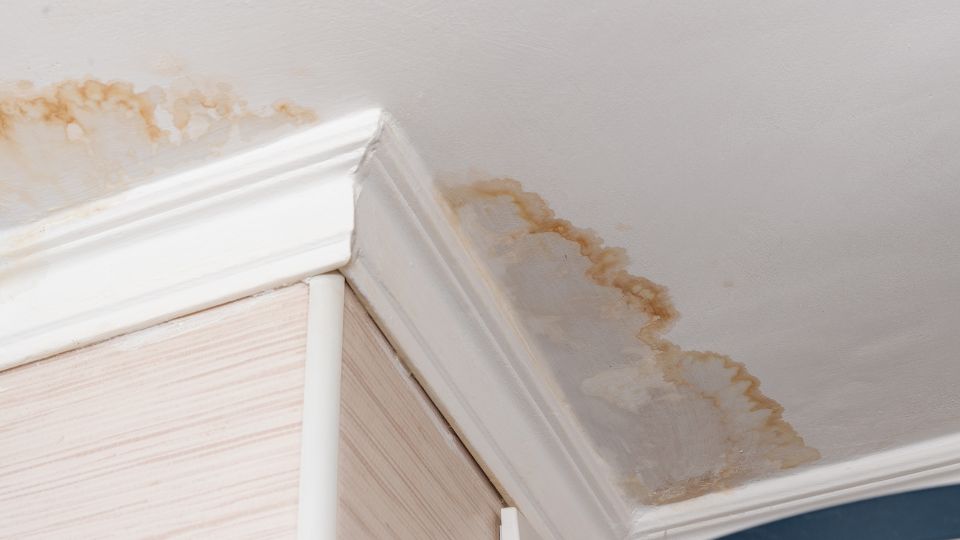Water leaks in your home, no matter how minor they might seem, can be a significant concern. The primary reason? The risk of mold development. Mold finds a haven in moist environments, and a one-time water leak, if not addressed swiftly, can escalate into a serious health hazard for your household.
Here’s an in-depth look at preventing mold growth following a one-time water leak, ensuring your home remains a safe and healthy environment.
Rapid Response Is Key to Mold Prevention
The speed at which mold can grow from water damage is alarming. Mold spores can start forming within 24–48 hours following water damage, a period often shorter than the time it takes to dry out affected areas completely. Enhancing air circulation and having cleaning tools at the ready can significantly reduce the risk of mold development.
Health Risks of Mold from Water Leaks
Mold, particularly types that flourish due to water leaks, can pose severe health risks. Some of these risks are:
- Exposure to mold in early childhood has been linked to an increased risk of asthma, and adults are not immune to its effects.
- Molds produce mycotoxins, which can trigger adverse immune responses and cause lasting respiratory issues.
Read more: What Are The Top 3 Water Damage Hazards?
Understanding these risks is crucial for effective mold prevention after a water leak.
Steps to Prevent Mold After a Single Water Leak
- Act Quickly: The CDC advises cleaning up within the first 24–48 hours post-flood to hinder mold formation. Even a minor leak can have similar consequences, necessitating immediate action.
- Clean and Dry the Area: Drying out the leak area is vital as mold thrives in damp conditions. Employ fans for air circulation and open windows if possible. Cleaning the area, even without visible spores or growth, is critical. Professional help might be required on porous surfaces like carpets or wood.
- Control Humidity Levels: High humidity is a breeding ground for mold. Use dehumidifiers to lower humidity in the affected area, and consider a humidity gauge to monitor and manage the levels effectively, reducing the likelihood of mold growth in the attic or other areas.
- Ongoing Vigilance: Post-cleanup, continuous monitoring is essential. Mold can remain dormant and reactivate under favorable conditions. Keep an eye on humidity levels and be alert to musty odors, signs that mold might still be present.
Final Recommendations
Understanding the risks and steps for water leak mold prevention is crucial. While mold from a one-time leak can be managed effectively, being proactive and vigilant is key to ensuring your home remains a healthy environment. Trust Mold-B-Gone Remediation, your mold remediation experts in Atlanta, for all your mold prevention and remediation needs.

